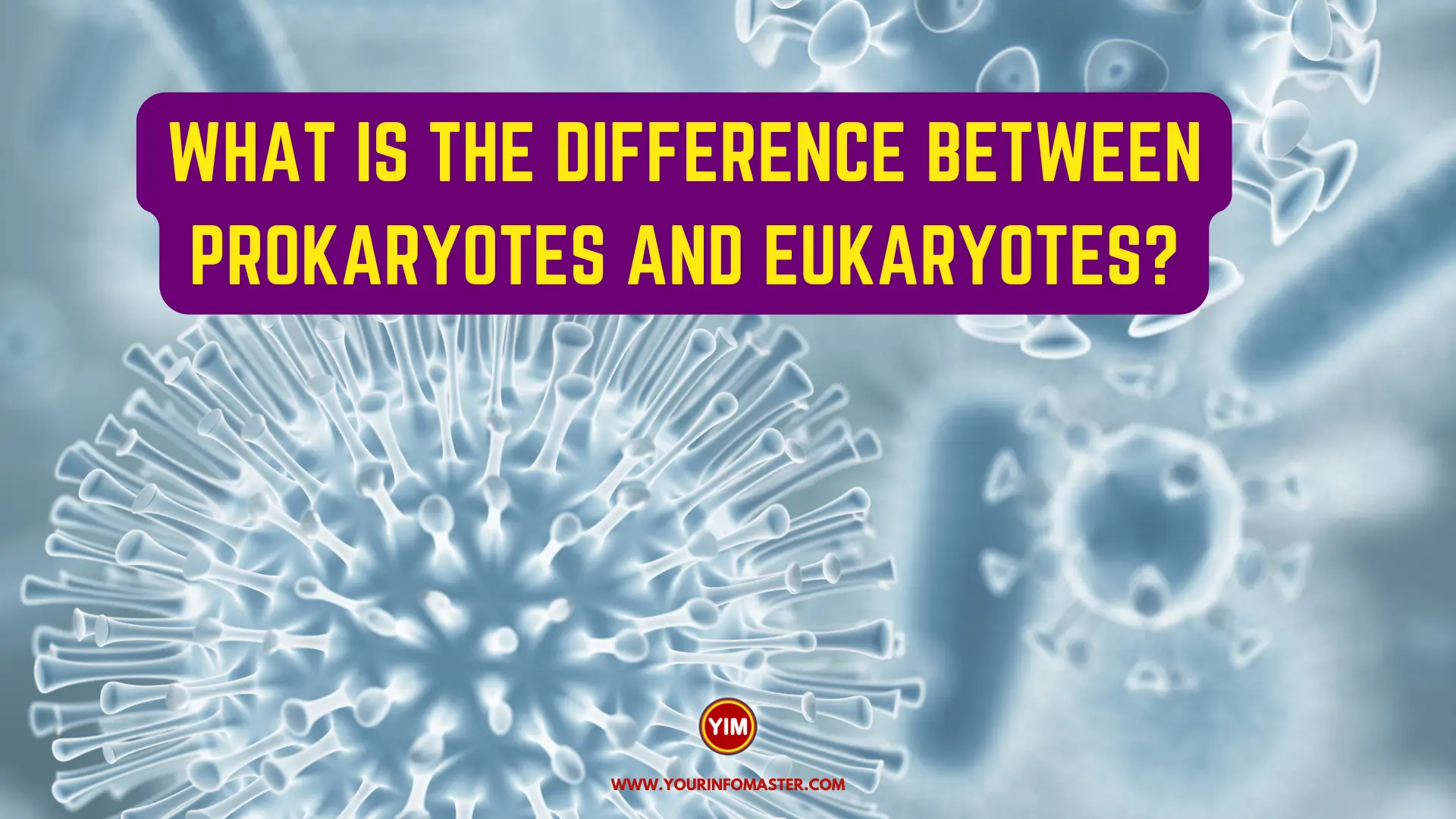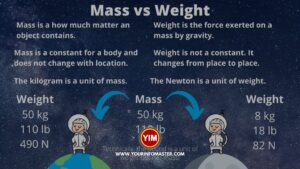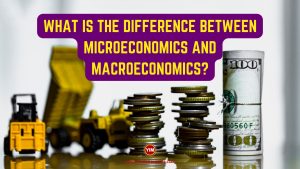Hi, I am Amelia Smith and I am going to explain the blog post “What is the Difference Between Prokaryotes and Eukaryotes?“
Prokaryotes and eukaryotes are two distinct forms of cellular life, each with unique characteristics and structures. In this article, we will explore the five key differences between prokaryotes and eukaryotes. By understanding these disparities, we can delve into the intricate world of cells and gain a deeper appreciation for the diversity of life on Earth.
Check also: What is another word for Amusing? | Amusing Synonyms, Antonyms and Sentences
5 Differences Between Prokaryotes and Eukaryotes
Here is a list of 5 differences between Prokaryotes and Eukaryotes:
- Cellular Structure
- DNA Organization
- Membrane-Bound Organelles
- Reproduction and Genetic Exchange
- Complexity and Specialization
Check also: What is another word for Ample? | Ample Synonyms, Antonyms and Sentences
Detail of 5 Differences Between Prokaryotes and Eukaryotes
Here is the detail of 5 differences between Prokaryotes and Eukaryotes:
Cellular Structure:
Prokaryotes: Have a simpler cellular structure without a distinct nucleus or membrane-bound organelles.
Eukaryotes: Possess a more complex cellular structure, with a nucleus and membrane-bound organelles.
DNA Organization:
Prokaryotes: Have circular DNA that floats freely in the cytoplasm, often accompanied by plasmids.
Eukaryotes: Contain linear DNA that is organized into chromosomes within the nucleus.
Membrane-Bound Organelles:
Prokaryotes: Lack membrane-bound organelles, such as mitochondria or endoplasmic reticulum.
Eukaryotes: Contain various membrane-bound organelles, including mitochondria, endoplasmic reticulum, and Golgi apparatus.
Reproduction and Genetic Exchange:
Prokaryotes: Reproduce asexually through binary fission and can exchange genetic material through horizontal gene transfer.
Eukaryotes: Reproduce sexually or asexually through mitosis or meiosis, facilitating genetic diversity and adaptation.
Complexity and Specialization:
Prokaryotes: Generally exhibit simpler cellular processes, lack multicellular organization, and are often single-celled organisms.
Eukaryotes: Display a higher level of cellular complexity, often forming multicellular organisms with specialized cells and tissue differentiation.
Check also: What is another word for Acknowledgement? | Acknowledgement Synonyms, Antonyms and Sentences
Conclusion
In conclusion, understanding the difference between prokaryotes and eukaryotes allows us to appreciate the vast diversity of cellular life. Prokaryotes have a simpler cellular structure, lack a distinct nucleus, and membrane-bound organelles, while eukaryotes possess a more complex cellular organization with a nucleus and various membrane-bound organelles.
See also: What is another word for Accordingly? | Accordingly Synonyms, Antonyms and Sentences
If you really enjoyed the article “What is the Difference Between Prokaryotes and Eukaryotes?,” then I would be very grateful if you’d help it spread by emailing it to your friends or sharing it on Twitter, Instagram, or Facebook. Thank you!
Have you read “What is the Difference Between Prokaryotes and Eukaryotes?“ Which of these blogs are you reading, and how is it similar to one of them?
Read More
- What is another word for Almost? | Almost Synonyms, Antonyms and Sentences
- What is another word for Accurately? | Accurately Synonyms, Antonyms and Sentences
- What is another word for Anyways? | Anyways Synonyms, Antonyms and Sentences
- SEO for Financial Advisors | Ultimate Guide
- SEO for Car Dealers | Ultimate Guide
- SEO for Software Agencies | Ultimate Guide
- SEO for Medical Practices | Ultimate Guide
- SEO for Financial Services | Ultimate Guide
- SEO for Doctors | Ultimate Guide
- SEO for Real Estate | Ultimate Guide
- SEO for Attorneys | Ultimate Guide
- SEO for Ecommerce | Ultimate Guide
- SEO for Law Firms | Ultimate Guide
- What is another word for Additionally? | Additionally Synonyms, Antonyms and Sentences
- What is another word for Authenticity? | Authenticity Synonyms, Antonyms and Sentences
- What is another word for Affirmation? | Affirmation Synonyms, Antonyms and Sentences
- What is another word for Amusing? | Amusing Synonyms, Antonyms and Sentences







